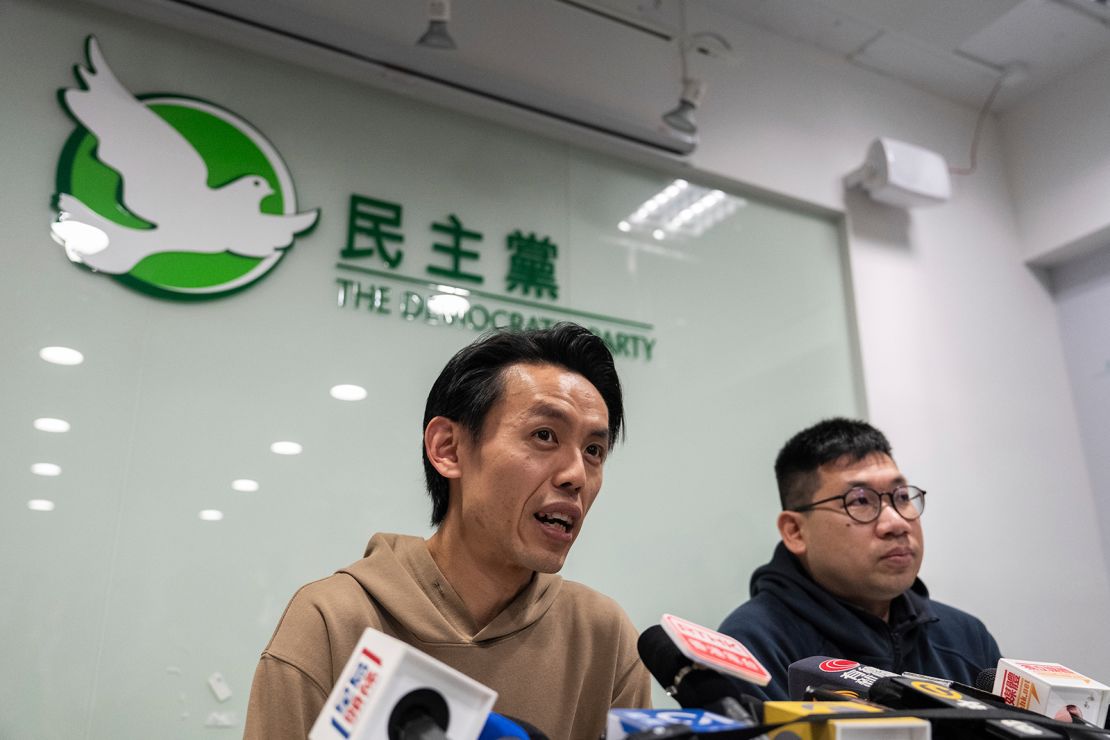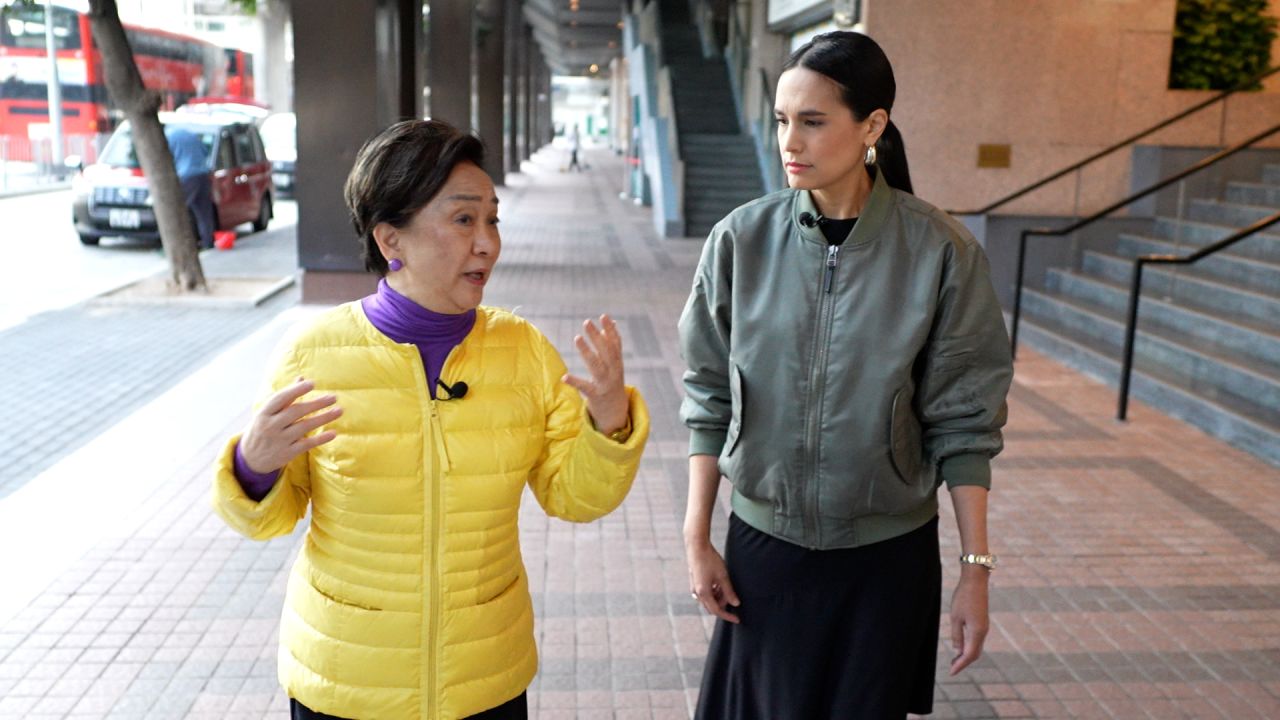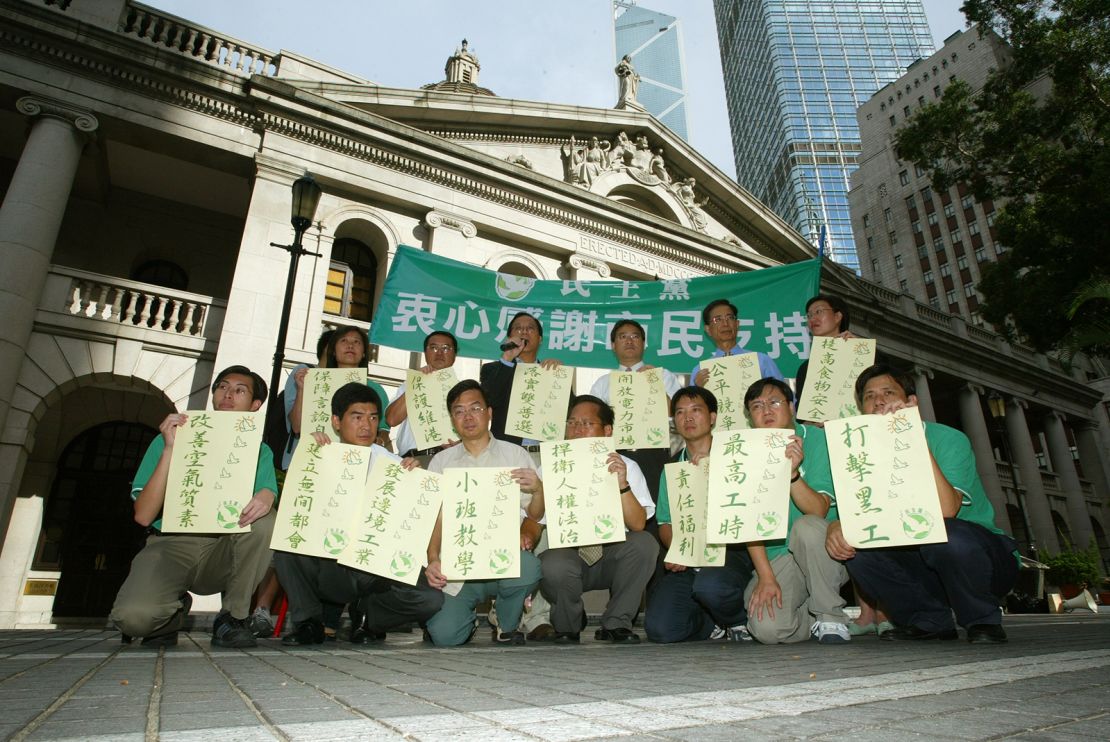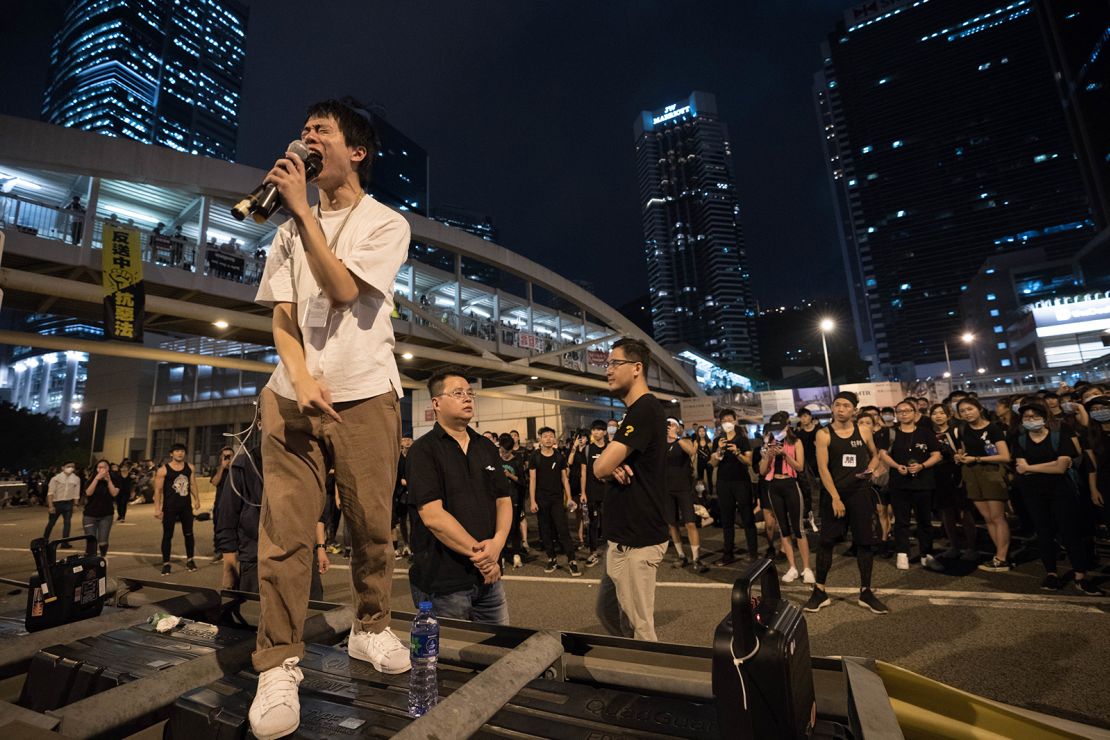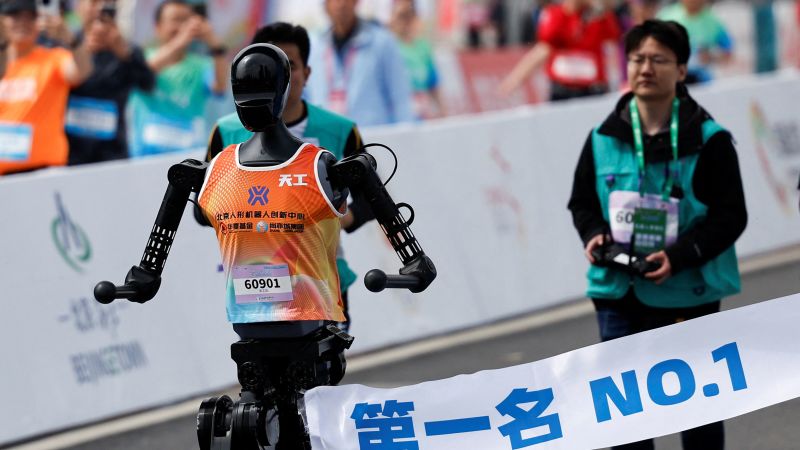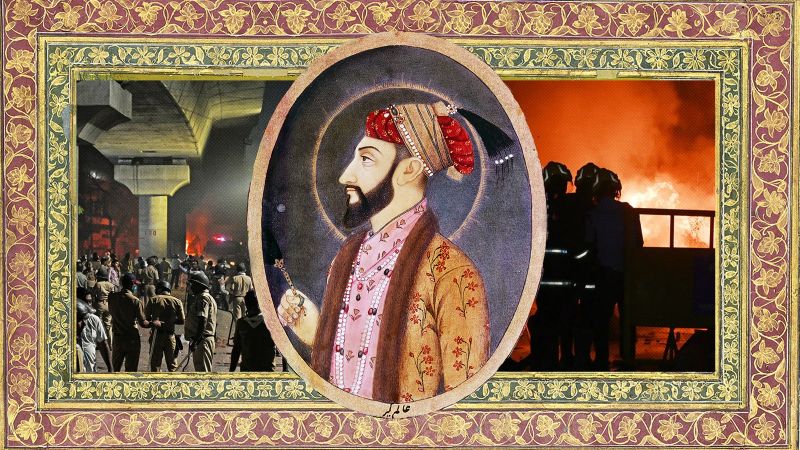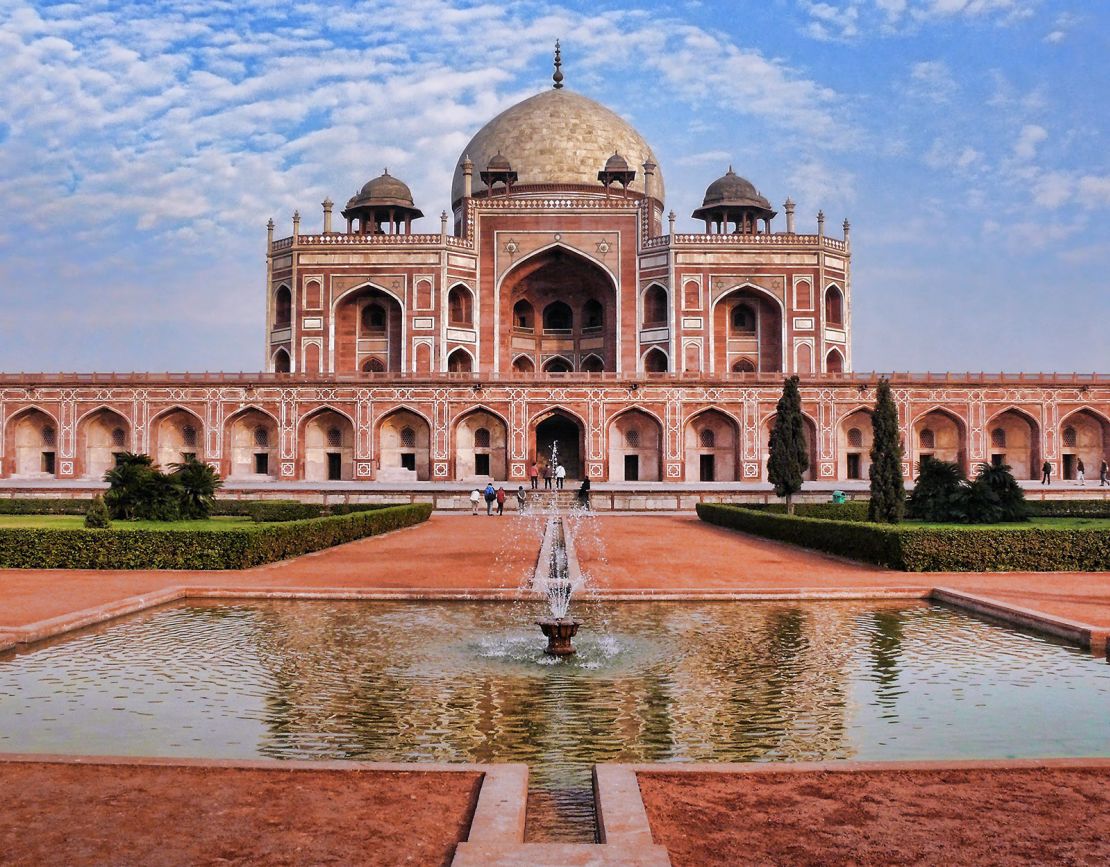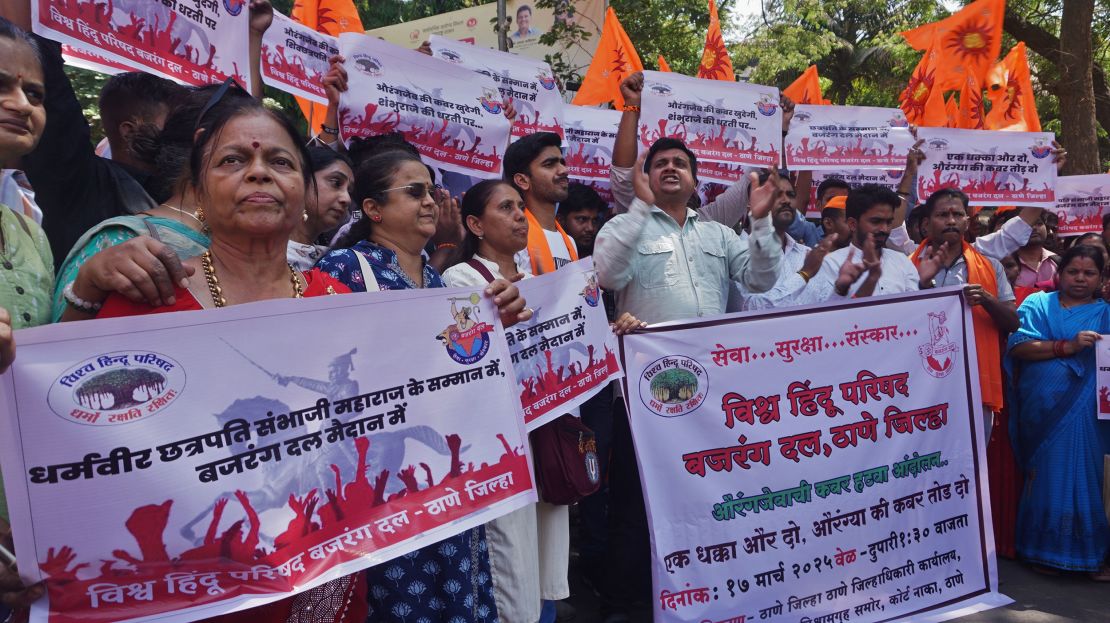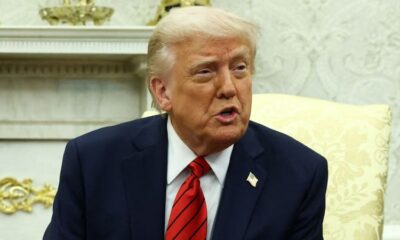Beijing
CNN
—
China’s leaders have spent the past week unveiling their plan to steer the world’s second-largest economy through looming challenges by transforming the country into a technological powerhouse and ramping up spending to hit an ambitious growth target.
The thousands of delegates who gathered in Beijing for China’s week-long “two sessions” meeting of its rubber stamp legislature and top political advisory body will vote Tuesday, typically almost unanimously, to approve the plan.
The stakes are high for China’s government, and Xi Jinping, the country’s most powerful leader in decades, to get the initiatives right.
Beijing needs to fix a raft of domestic issues, including the fallout of a sprawling real estate crisis, high local government debt and weak consumer demand, while facing mounting economic pressure from the United States as President Donald Trump ramps up tariffs on Chinese imports and threatens expanded controls on American investment in China.
On Sunday, new data showed China’s consumer prices plunged to their lowest level in 13 months in February, underscoring the persistent deflationary pressures dragging on the economy.
Chinese leaders were frank about the challenges ahead, even as they played up confidence in China’s future. Premier Li Qiang said at the opening of the National People’s Congress (NPC) Wednesday that the country’s growth target of around 5% “underscores our resolve to meet difficulties head-on and strive hard to deliver.”
The highly choreographed gathering is largely about political ceremony as true decision-making power lies with China’s ruling Communist Party.
But the priorities outlined – and the signals sent by Xi and his officials during the event – give a crucial window into how Beijing aims to ensure China’s continued economic growth and technological rise, especially at a time of mounting frictions and uncertainty in its relations with the US.
Here are key three takeaways from the event:
Focus on AI and ‘industries of the future’
Artificial intelligence (AI) was the hot topic at this year’s gathering, with China’s enthusiasm for the technology supercharged by the breakout success of tech firm DeepSeek.
The privately owned Chinese company’s large language model, released in January, shocked Silicon Valley and thrilled the country. The model appeared to nearly match the capabilities of its American rivals, despite years of mounting US restrictions on Chinese access to high-power AI chips typically used to train such models.
China’s economic tsars on Thursday announced a state-backed fund to support AI and other technological innovations, which they estimated would attract nearly 1 trillion yuan ($138 billion) in capital over 20 years from local governments and the private sector.
The government’s work report, a roughly 30-page document laying out Beijing’s plans for the year ahead, called for the country to “foster emerging industries and industries of the future” like biomanufacturing, quantum technology, embodied AI and 6G technology. It also stressed that China needs to build up its domestic talent and improve the country’s research and development.
That’s all part of Xi’s overarching vision: to transform China’s industries with high-tech innovation and ensure the country is technologically self-sufficient in the face of US efforts to limit Chinese access to American technologies over security concerns.
“China is sending a signal to the outside world that it’s quite independent from the US now,” said Wang Yiwei, director of the Institute of International Affairs at Renmin University in Beijing, pointing to China’s homegrown tech innovations and its ambitious economic growth target. “Now we have to do (technological innovation) ourselves … it’s more like two circles of innovation.”
Xi also signaled he’s enlisting some new muscle for his high-tech push. Last month, the leader met with the heads of the country’s biggest tech firms in a symposium and told them it was was “prime time” for private enterprises “to give full play to their capabilities.”
The gathering was a significant tone shift toward an industry still recovering from a years-long regulatory crackdown – and Xi reinforced his message during a meeting on the NPC sidelines last week, where he told delegates to “fully implement” the “spirit” of that symposium.

Boosting demand and juicing growth
Officials also announced they would back their ambitious “around 5%” growth target with more robust government spending, raising the budget deficit to around 4% of gross domestic product, the highest level in decades.
But some analysts remain skeptical about whether the measures announced in recent days will be enough to offset the expected hit to growth if a trade war with the US escalates – and to achieve a goal China this year listed as its top priority: boosting flagging consumer demand.
China would “move faster” to address inadequate domestic demand and make it the “main engine” of growth, Li, the premier, said in his address Wednesday.
High youth unemployment, gaps in social benefits and welfare, stock market volatility, as well as financial instability caused by the property sector crisis, are all seen as factors causing many in China to look at their economic future with uncertainty – and prefer to save rather than spend.
The issue is now becoming more urgent for Beijing, which will need domestic consumers more than ever if exports, long an important driver of growth, take a hit from fresh American tariffs. Trump doubled additional levies on all Chinese imports to the US to 20% on March 4. China’s retaliatory tariffs, which target a range of agricultural imports from the US to the tune of 10% and 15%, went into effect Monday.
Chinese officials in recent days outlined efforts geared to boost consumption like extending a program for trading in old appliances, and said they would create jobs, raise wages, promote free preschool education and expand elder services.
They also looked to assure the country that they were addressing persistent challenges in the real estate sector, including through announcing a mechanism to help local governments to buy back unsold homes languishing due to the property sector crisis.
“(Beijing is) trying to send a signal to local authorities that boosting consumption, either with better welfare policies or (policies such as those) getting people to buy new consumer electronics, is a priority,” said Victor Shih, director of the University of California San Diego’s 21st Century China Center.
However, this was largely a mandate that the central government was looking to local governments to fund, and most provinces would not have the money for these efforts without imposing taxes, “which will dampen consumption,” he added.

Despite the challenges – and the uncertainty of whether tech and trade frictions with the US will continue to escalate, the message from Beijing over the past week was one of confidence, no matter what happens. It’s a message apparently aimed at people both at home and in Washington.
At an annual press conference on the sidelines of the gathering, long a key opportunity for China to communicate its foreign policy to international media, Foreign Minister Wang Yi aimed to cast China as a stable global player, in contrast to the US and its “America First” policy. He also vowed that China country would continue to advance in its ambitions.
“Where there is blockade, there is breakthrough; where there is suppression, there is innovation,” he said.
The top diplomat also criticized America’s tariffs, saying: “No country should fantasize that it can suppress China on the one hand and develop good relations with China on the other.”
Earlier in the week, a foreign ministry spokesperson was blunter: “If the US insists on waging a tariff war, trade war, or any other kind of war, China will fight till the end,” he told reporters at a regular briefing.
But outside the official lines, how fully burgeoning optimism in some pockets can take hold will depend on how the rhetoric translates into action in the year ahead.
“The mood has become more optimistic starting from this year,” said Yao Yang, a professor at Peking University’s China Center for Economic Research, attributing this to China’s homegrown successes like DeepSeek.
“But it really depends on government policy for this mood to continue. If the government’s moves to stimulate the economy and support private enterprise are not decisive, then that mood will go away.”

